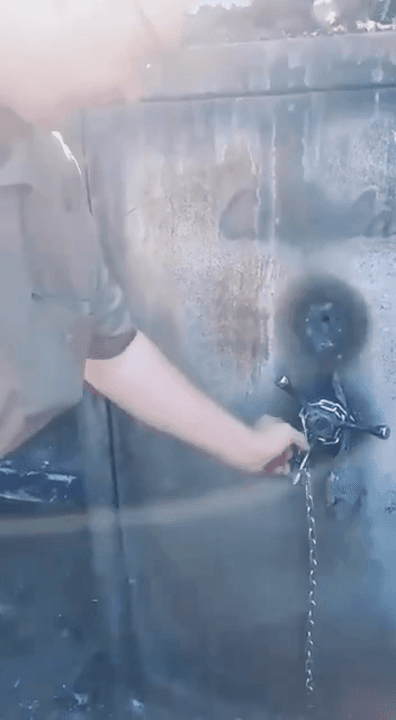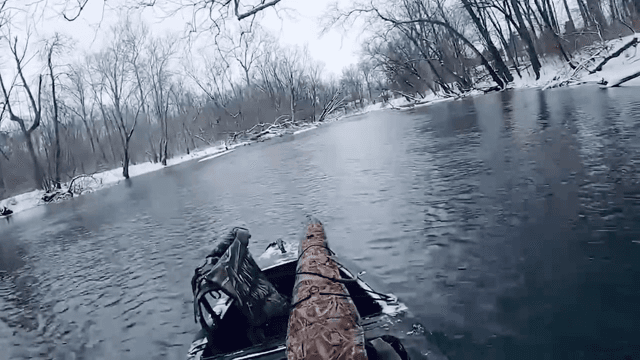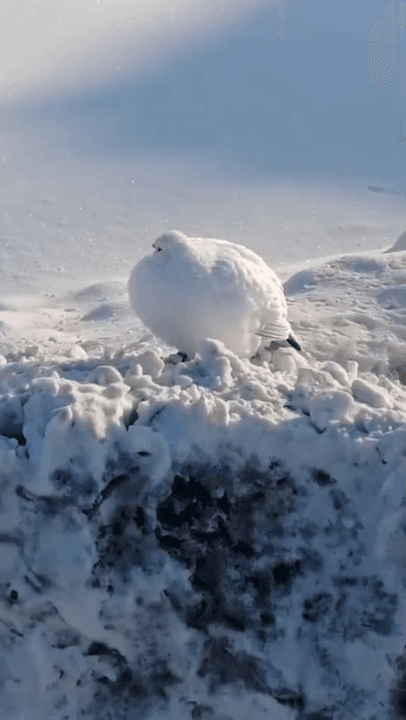
BLM Land Hunting Rules: What You Need to Know Before You Go: Know more about Traditions, Laws, Clubs and Community The Bureau of Land Management (BLM) oversees 245 million acres across 12 western sta
Post: 26 May 19:48

Post: 26 May 19:48

Post: 2 November 20:19

Post: 21 June 18:43

Post: 14 August 16:02

Post: 16 June 12:37

Post: 5 June 14:36

Post: 22 January 01:55

Post: 13 January 13:55

Post: 4 January 20:29

Post: 29 November 12:12

Post: 24 October 18:00

Post: 7 July 09:20

Post: 25 January 09:48

Post: 29 December 17:11

Post: 16 December 17:07

Post: 14 June 13:31

Post: 21 May 20:05

Post: 21 May 18:42

Post: 29 June 17:03

Post: 2 November 10:03

Post: 30 July 09:54

Post: 1 September 11:05

Post: 15 August 10:09

Post: 20 June 11:37

Post: 16 June 13:21

Post: 28 October 10:03

Post: 5 May 19:08

Post: 15 May 15:55

Post: 23 July 14:02

Post: 8 July 13:26

Post: 7 July 13:47

Post: 1 November 10:14

Post: 23 May 23:20

Post: 2 October 17:21

Post: 30 September 19:58

Post: 28 August 08:32

Post: 25 August 12:58

Post: 22 August 11:47

Post: 19 August 07:45

Post: 8 August 21:52

Post: 29 July 12:04

Post: 28 July 10:07

Post: 8 July 12:57

Post: 27 June 13:57

Post: 20 June 11:24

Post: 20 January 23:14

Post: 25 November 10:52
Post: 17 August 10:20

Post: 18 July 09:21

Post: 2 October 09:39